
On the morning of November 8, in Hanoi, Nhan Dan Newspaper coordinated with the Central Council for Theory and Criticism of Literature and Arts, the Vietnam Writers' Association, the Vietnam Musicians' Association, and the Vietnam Fine Arts Association to organize a scientific seminar with the theme "The world of music, painting, and poetry of Van Cao".
The event aims to celebrate the 100th birthday of Van Cao - a particularly talented artist, a giant of Vietnamese literature and art (November 15, 1923 - November 15, 2023).

Comrade Le Quoc Minh, member of the Party Central Committee, Editor-in-Chief of Nhan Dan Newspaper, Chairman of the Vietnam Journalists Association , spoke at the conference. Photo: Phuong Hoa/VNA
Editor-in-Chief of Nhan Dan Newspaper Le Quoc Minh; Chairman of the Central Council for Theory and Criticism of Literature and Art Nguyen The Ky; Deputy Head of the Central Propaganda Department Phan Xuan Thuy chaired the conference. Many famous writers, musicians, painters, artists, researchers, or those who had worked with Van Cao; representatives of the musician's family and friends came and contributed their opinions.
In his opening speech, Associate Professor, Doctor Nguyen The Ky, Chairman of the Central Council for Theory and Criticism of Literature and Art, affirmed: With his diverse, unique, multi-dimensional talent, smoothly integrating thinking, aesthetics, and writing style; between the reality of life, perception, cognition, and expressive art; between music - painting - poetry, Van Cao is affirmed by many to be a very special and rare phenomenon in the history of modern Vietnamese literature and art. Calling him a genius artist is not an exaggeration.
Before 1945, at the age of 16, Van Cao wrote "Buon tan thu", then romantic, lyrical songs such as "Ben xuan", "Suoi mo", "Thien thai", "Truong Chi", "Thu co lieu", "Cung dan xua"... In poetry, at the age of 17, he wrote "A cold night of zither on the Hue river", "The corpse car passing Da Lac ward"...; he wrote poetry and prose published in Tieu thu sat...
Regarding painting, at the age of 19, he studied intermittently at the Indochina College of Fine Arts, but at the age of 20 he had some notable paintings, such as: "The Puberty Girl", "Repentance", "Midnight", especially the painting "The Dance of the Suicides"... Van Cao's musical pieces such as "Autumn Sadness", "Dream Stream", "Thien Thai", "Truong Chi"... were printed with his covers and were very close to the Cubist school.
In 1944, Van Cao joined the Viet Minh. With the song "Tien Quan Ca" released at the end of that year, he made a great shift from romantic, lyrical and critical realism to revolutionary - resistance style in music, painting and poetry.
From 1945 onwards, he wrote "Bac Son", then songs and marches that were strangely prophetic: "Vietnam Navy", "Vietnam Air Force", "Vietnam Workers", "Vietnam Soldiers", followed by "My Village", "Harvest Day", "Marching to Hanoi", especially the songs "Praise to President Ho" and "Song Lo Epic"...

Conference scene. Photo: Phuong Hoa/VNA
In addition to songs, he later wrote a number of instrumental works for piano, such as "Tuyen River", "Night Sea", "Far Coconut Rows"...; composed film music for the feature film "Chi Dau" (1980), the symphonic suite for the documentary film "Uncle Ho's Soldier" of the People's Army Film Studio... For many reasons, many of Van Cao's paintings have not been preserved, enjoyed and introduced like his musical and poetic works. We can only mention a few works such as "Mountain Workers", "Highland Market", "Growing Up in the Resistance", "Thai Ha Ap Dem Mua"...
The next stage of Van Cao, in music is the famous work "The First Spring"...; in painting is "Portrait of Mrs. Bang", "Village Gate", "Nguyen Du Street", "Red Guitar", "Girl and Piano"... He drew hundreds of book covers, illustrations, and graphics for the Literature and Arts Newspaper; in poetry is "Three Variations of the Age of 65", "Time", "Pho Phai", "Bouquets of Flowers"... The poems are collected in the collections "Leaves", "Van Cao Poetry Collection"...
Van Cao's 72-year life was closely associated with the turbulent 20th century. On that journey of life, although there were many thorns, storms, and hardships, he overcame all of them, his humble, simple, patient lifestyle, love, and respect for people, trees, streets, villages, and country helped him overcome the pain, always accompany the nation and people, and create immortal works.
With his innate talent, self-study, self-training, innovation, creativity and breakthrough, Van Cao made great contributions to culture and arts in music, poetry and painting. He was awarded the Ho Chi Minh Medal by the State; the First and Third Class Independence Medals; the First Class Resistance Medal; the Ho Chi Minh Prize for Literature and Arts (first term, 1996). His name was also given to many streets in Hanoi, Ho Chi Minh City, Hai Phong, Nam Dinh, Hue, Da Nang...
At the workshop, delegates discussed and evaluated Van Cao's qualities, bravery, talent, and artistic style as well as his characteristics, content values, thoughts, art, and writing style through different creative stages. Delegates also analyzed and explained more deeply about his life, career, contributions, values, and great literary and artistic heritage that Van Cao left for the country; made recommendations to promote the value of the precious and great cultural and artistic heritage that he left at the national level...
On this occasion, Nhan Dan Newspaper presented a bronze engraving of the music sheet of the song "First Spring" to the representative of musician Van Cao's family. Using technology, the Organizing Committee restored the musician's handwriting and included in the painting the song written by him.
According to Baotintuc.vn
Source








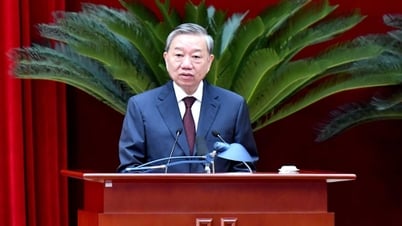


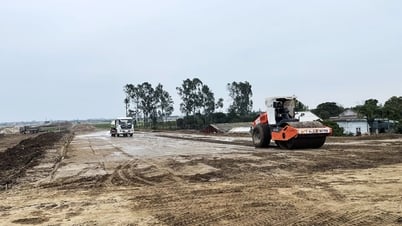


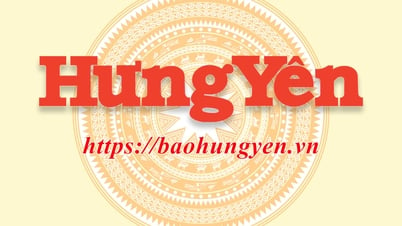



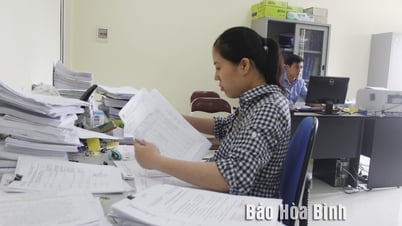











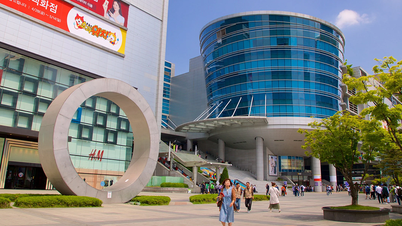
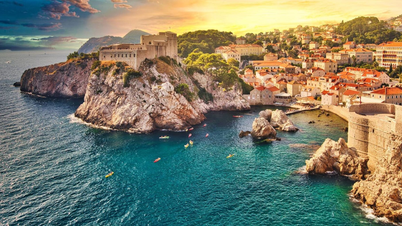
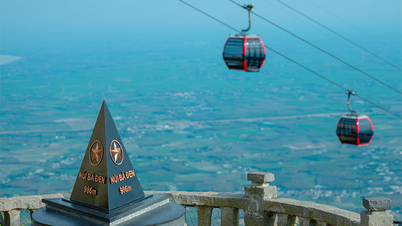



















































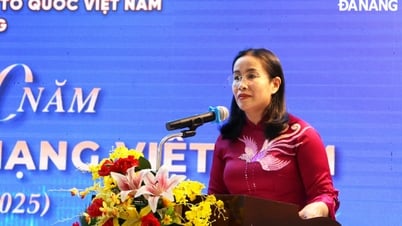
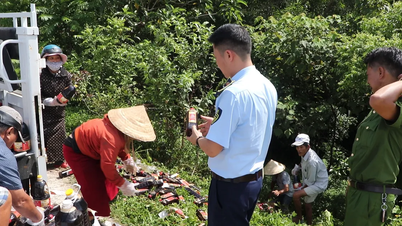



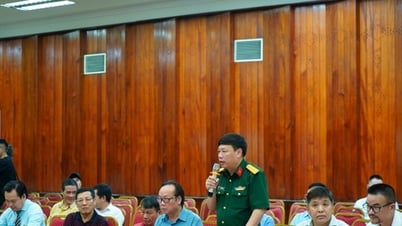












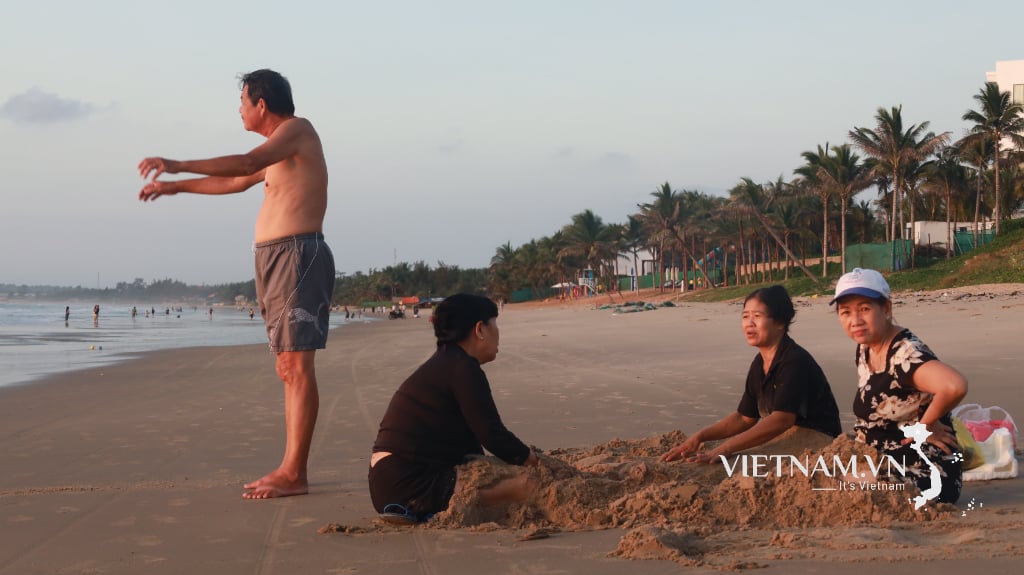
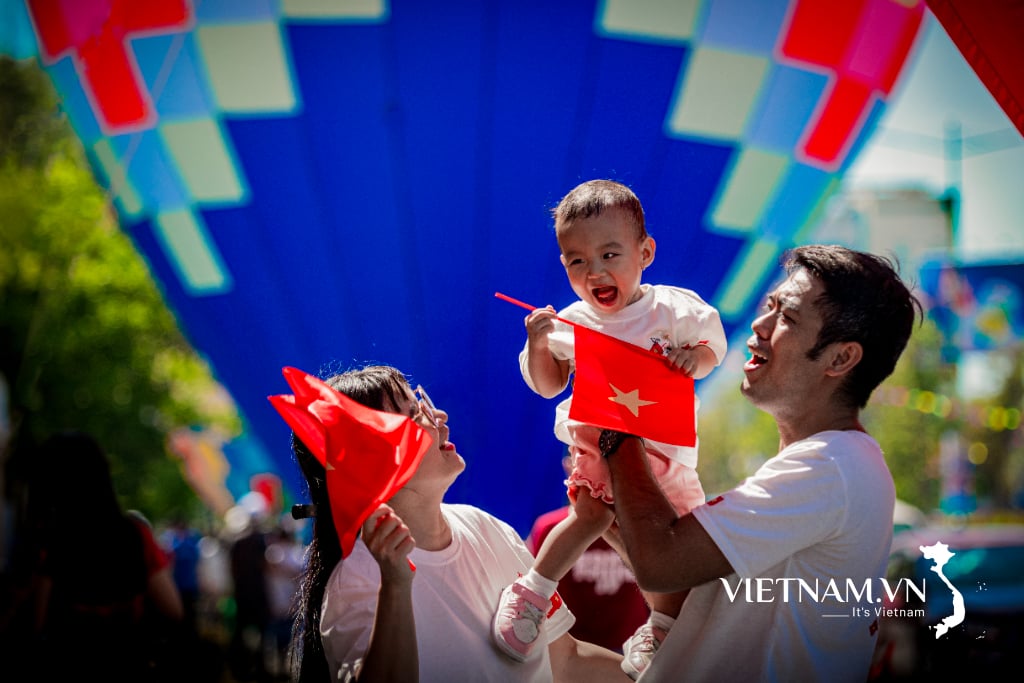
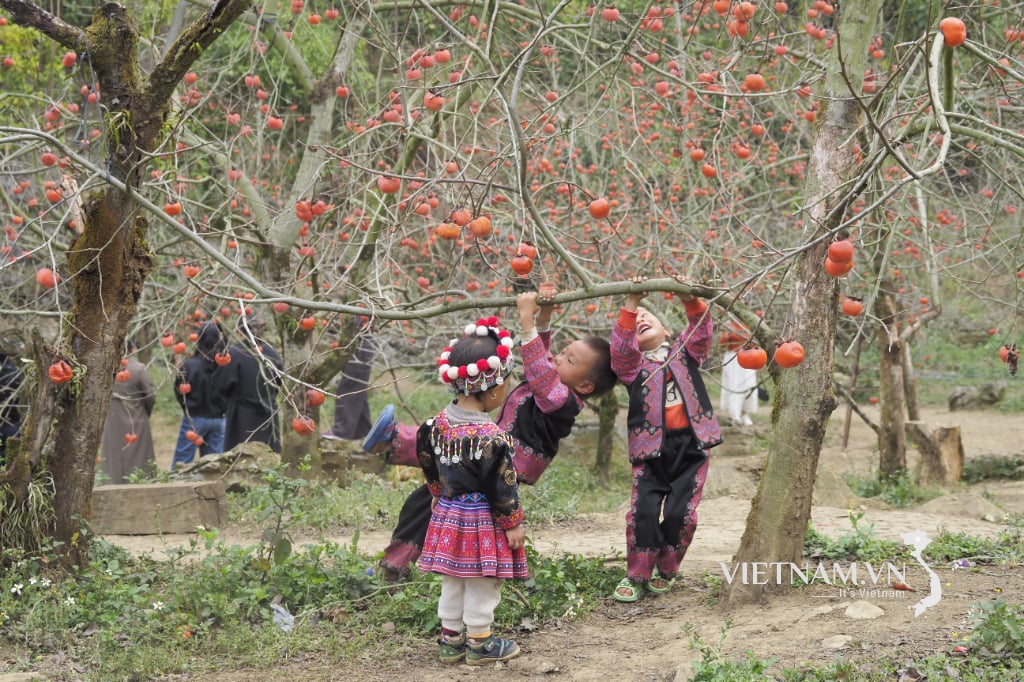
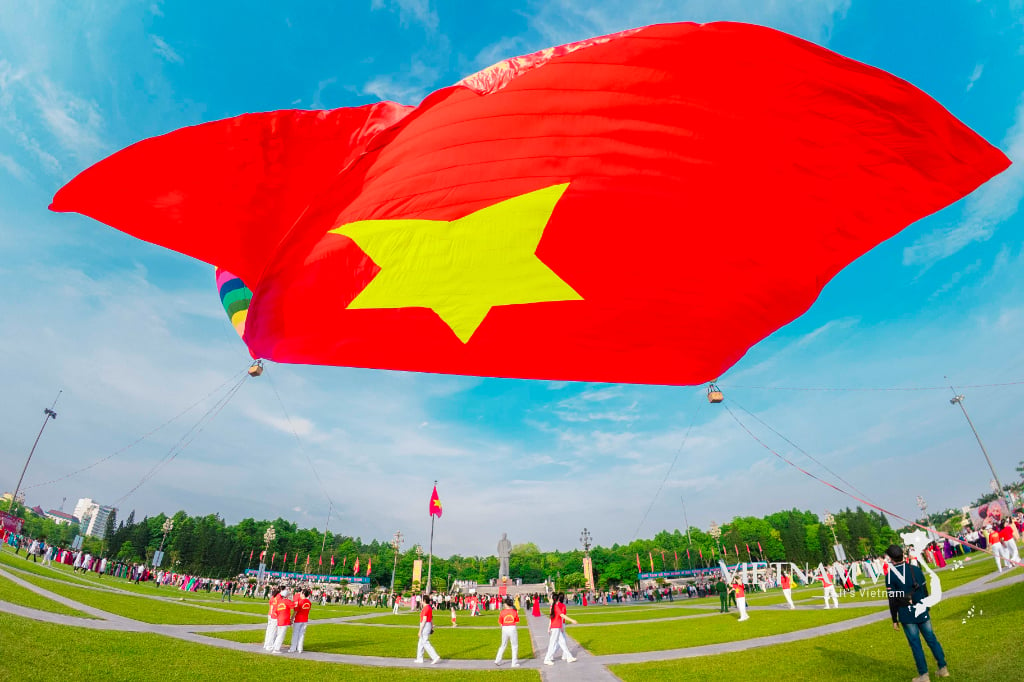
Comment (0)